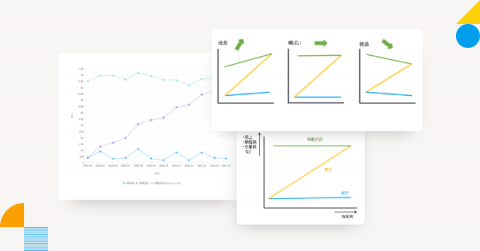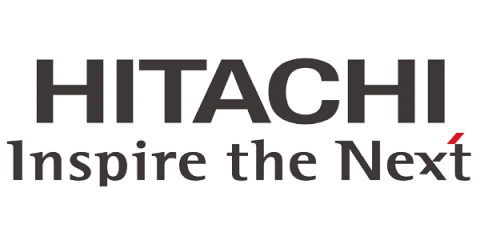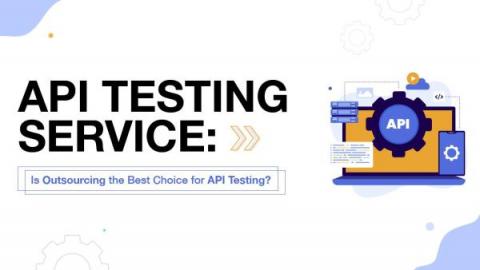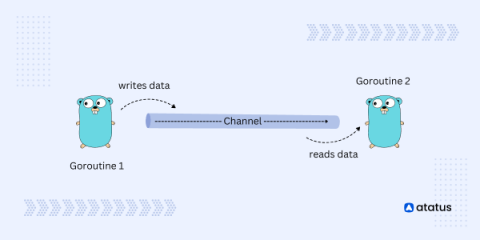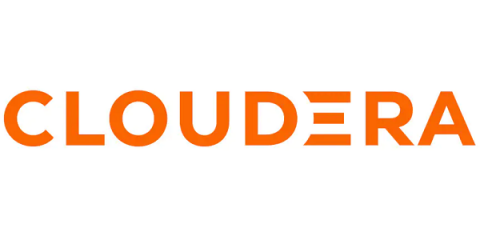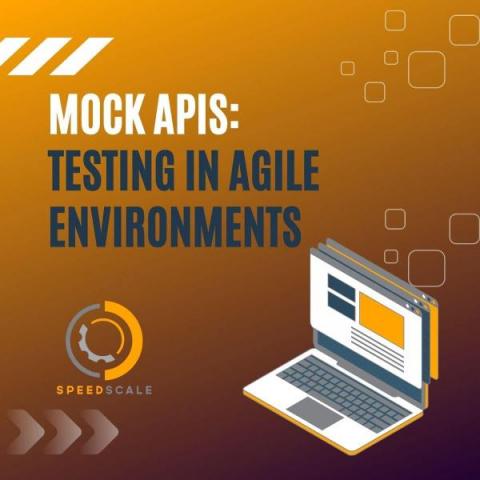Systems | Development | Analytics | API | Testing
Latest News
How Have Business Intelligence Tools Evolved Over the Years?
Revolutionizing Object Storage to Meet Rising Hybrid Multi-Cloud Demands
With the advent of cloud services, IT is transforming and evolving from being traditionally data center-centric to data-centric. The data center is no longer a physical location. It extends beyond the walls of the enterprise, to the cloud, and the edge where the majority of data is being generated.
Is self-service BI attainable? Benefits and historical concerns of self-service BI
Whether you call it self-service analytics or self-service business intelligence (BI), there has been much discussion about the perils, myths, promises, and prospects of successfully building self-service capability. Going forward, I’ll use the phrase “self-service BI” but you are welcome to substitute the words “self-service analytics”. So, is self-service BI actually attainable or just snake oil?
API Testing Service: Is Outsourcing the Best Choice for API Testing?
API testing services are becoming increasingly important for businesses of all sizes. With the right API testing service, companies can ensure that their web applications and services are secure, reliable, and performant. But with so many software testing service providers out there, how do you choose the best API testing company? Choosing the best API testing service provider can be a challenging task.
A Software Development Manager's Guide To Beginner Mistakes
R&D managers, when first stepping into the role, tend to make the mistake of choosing one of two extreme management approaches. Each of these comes with its own set of challenges – and its own set of organizational waste. And that’s the last thing you want to create as a manager.
Understanding Go Channels: An Overview for Beginners
On a server infrastructure, Go code can be quickly deployed and updated across different installations as needed. It also supports a variety of operating systems and processor designs, which is a significant advantage. Some of the biggest and most well-known projects have been written completely in Go, which has emerged as the preferred language for open-source infrastructure software. For instance, Docker was created completely in Go.
Appian Protect: Security Monitoring, End-to-End Encryption, and More
Data is the heart of business operations. And much of that data is sensitive or regulated. Cyber threat actors know they can benefit financially from your data by holding it for ransom or selling it on the dark web. The most recent Cost of a Data Breach Report 2022 from Ponemon Institute and IBM clocks the average data breach cost at $4.35 million USD (that’s $164 USD per data record). The stakes are high. Your security must be too.
Reliable Data Exchange with the Outbox Pattern and Cloudera DiM
In this post, I will demonstrate how to use the Cloudera Data Platform (CDP) and its streaming solutions to set up reliable data exchange in modern applications between high-scale microservices, and ensure that the internal state will stay consistent even under the highest load.


